5 Different Types of Timber Cladding
Timber cladding is a popular finishing material for a wide range of homes – from barn conversions through to ultra-contemporary self-build projects.
To help you select the best option for your scheme, here are some of the most popular wood cladding materials and their pros and cons:
1. Oak cladding
If you’re planning to invest in a hardwood covering for your home, oak is a traditional choice. “It’s one of the most popular species in the UK, and it tends to tug at people’s heartstrings,” says Tom Barnes, director of Vastern Timber.
Naturally-durable, the boards are generally air or kiln-dried to a moisture content of 15%-25% prior to fitting to ensure maximum structural stability.
Timber Cladding: What will it cost?
Thanks to the array of colours available, including chocolate browns, sandy and honey tones, new oak cladding has the versatility to complement a range of schemes.
However, homeowners should be aware that most oak products, if left untreated, will develop a natural silvery patina over time.
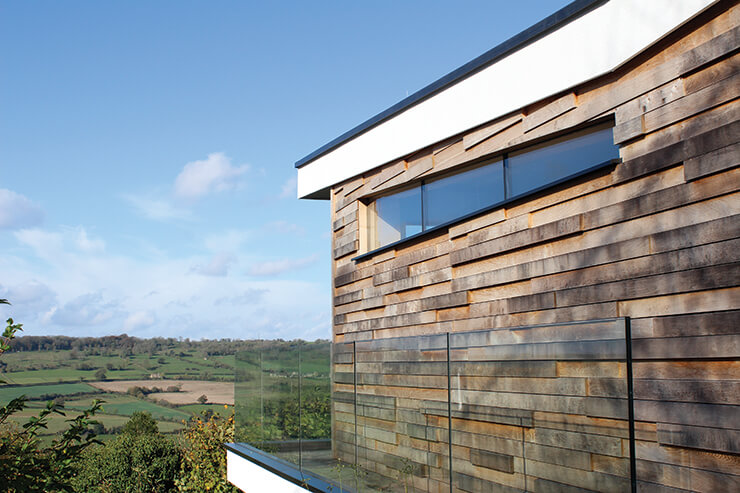
This striking bespoke cladding profile was crafted by Vastern Timber from solid English oak. Due to the greater thickness of the boards used, this product cost approximately £60 per m2 – significantly more than standard oak options
“If you opt for a durable timber cladding like oak, you’re paying for the privilege of not having to do anything to maintain it,” says Tom. “You can apply a finish if you wish, however this will only slow down the weathering process rather than stopping it completely.”
Oak is a premium product so is likely to cost significantly more than softwood options, but prices start from around £25 per m2.
2. Western Red cedar cladding
Naturally-durable, easy to work with and visually striking, Western Red cedar is widely acknowledged as one of the UK’s favourite products when it comes to timber cladding.
Canadian varieties of this softwood have often been the go-to choice in the past, but the price gap has narrowed over the past two years and British-grown alternatives are now increasing in popularity.
“If installed and finished properly, this timber can have a service life of many decades. For example, Western Red cedar shingles will last over 50 years,” says Nick Taylor, managing director at Silva Timber.
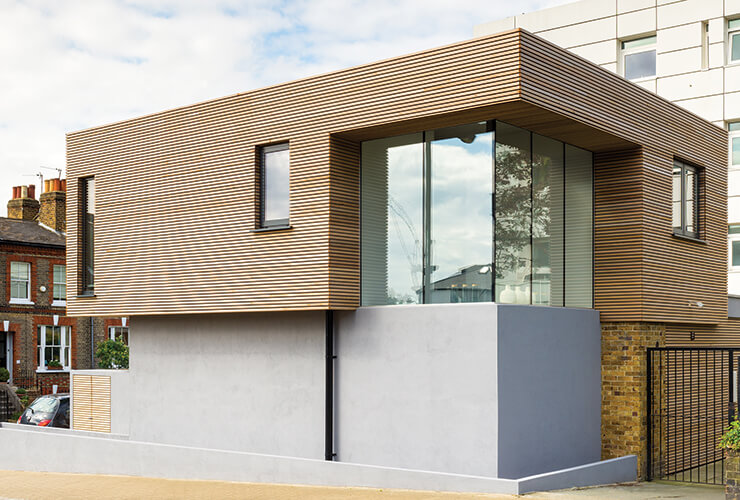
Western Red cedar boards from Silva Timber give this home a warm contemporary finish
“The natural beauty and warmth of this type of wood can’t be replicated by synthetic materials, and the natural hues, tight grain patterns and soft texture of this species make it an attractive option.”
Prices for untreated cedar cladding can start as low as £20 per m2, however, you should expect to pay in the region of £40 per m2 for higher quality grades and pre-finished products.
3. Accoya modified timber cladding
Available in a variety of warm, characterful hues, Accoya provides an eye-catching covering for both traditional and contemporary builds. This modified product undergoes an acetylation procedure which renders the timber more dimensionally stable.
“Because this process occurs at a molecular level, each cross section of the wood is incredibly durable and stable,” says Laura Ladd on behalf of Accoya. “This means it’s suitable for a range of applications and outdoor projects, even in extreme environments.”
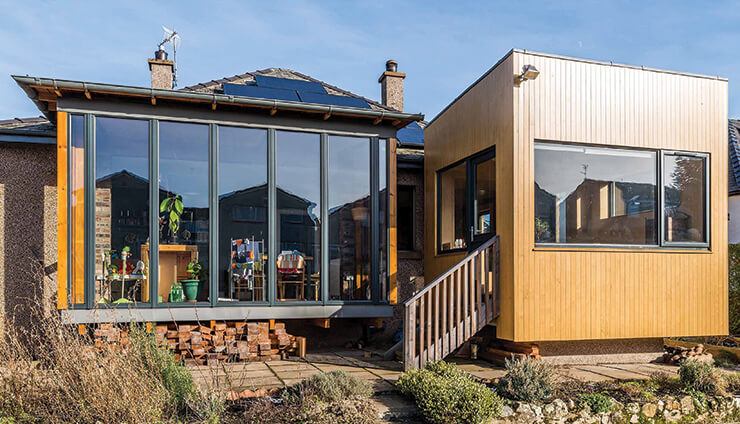
Vertically-oriented Accoya boards were chosen as the covering for this striking bungalow extension project in Scotland
Thanks to its structural stability, boards made from this material can be cut in sharp, crisp lines and will maintain their shape over time, making it a popular choice for contemporary schemes.
Accoya cladding costs approximately £40 per m2, based on a 150mm profile of untreated timber. A factory coating will add an extra £20 per m2.
4. Larch cladding
When it comes to softwood coverings, larch is one of the most popular species for self-builders and renovators in the UK.
Boards are available in a wide-ranging palette of colours, from those tinged with warm amber tones to alternatives in shades of rich golden-brown. If left untreated, the wood will weather to an attractive silvery-grey hue over time.
“If you’re trying to achieve a traditional look, knottier woods like Siberian larch with a machine-cut finish are ideal,” says Tom from Vastern Timber.
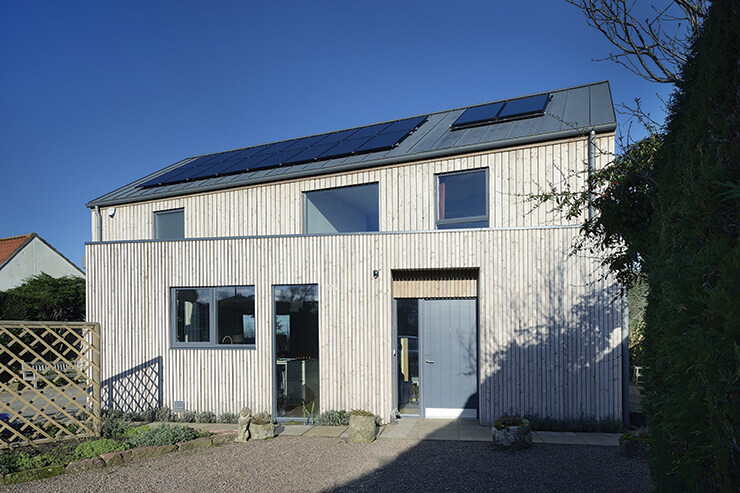
This larch cladding has been treated with Sioo, a finish that gives the wood a uniform weathered appearance within 10-16 weeks. Scotlarch, from £20 per m2, Russwood
Providing it is fixed appropriately, cladding in this type of timber will offer a service life of at least 30-50 years. In order to achieve optimum structural stability, Russwood’s Scotlarch is air-dried to a moisture level of between 16%-18%.
If you’re going for a specific visual effect, softwoods such as larch, whitewood and Douglas fir take painted and stained finishes well. Prices vary depending on provenance and quality, but expect to pay from £15 per m2 for larch cladding.
5. Kebony modified timber cladding
The deep brown hue of Kebony makes it visually comparable to tropical hardwoods, such as teak and mahogany. This product is chemically modified using an eco-friendly process to improve durability and stability. It is available in two grades – character or clear.
“The latter is sourced from a variety of softwoods such as Southern Yellow or Monterey pine. Its regular appearance makes it perfect for projects that require uniformity of colour and style,” says Adrian Pye, international sales director at Kebony.
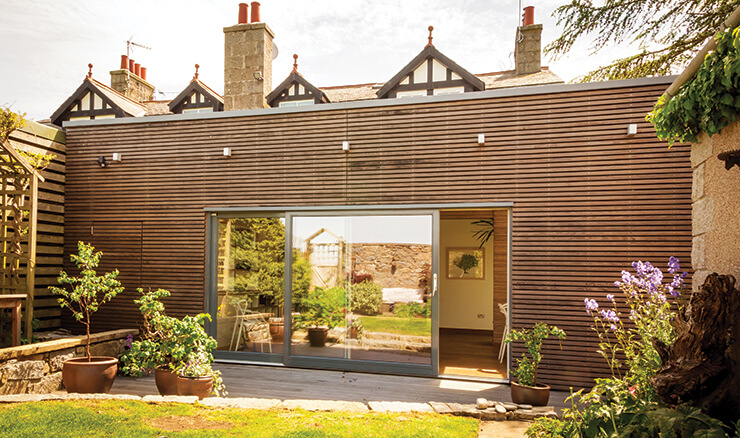
The Kebony timber used to clad this house in Aberdeenshire was sourced from character-grade Scots pine. The distinctive knotting gives the finish a Scandinavian feel
Obtained from Scots pine, character versions feature a much knottier appearance that can be well- suited to traditional-style homes.
As with similar modified products, Kebony is often specified for its hardness and dimensional stability. In fact, its excellent durability makes it a strong contender for cladding on properties situated in exposed locations, such as on the coast.
Kebony cladding products will cost in the range of £38-£60 per m2.
Style statementsIf you’re planning to clad your house with timber boards, a good starting point is to decide whether you want to achieve a traditional or contemporary style overall. Species that are naturally knot-free (clear grade) work well if you’re going for a clean, crisp look, whereas for something more rustic a knottier variety will do the trick. “Once you’ve chosen the material, you can start thinking about board width, orientation and profile,” says Tom Barnes, director of Vastern Timber. “Planks with a sawn edge as opposed to machine-cut will create a traditional appearance. A waney-edge board with the bark still on is probably the most characterful product you can get, followed by a feather-edge sawn board of fresh cut larch, oak, Douglas fir or cedar.” |
Main image: This cladding from Woodtrend is Ipe
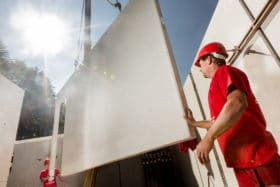
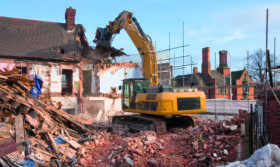
































































































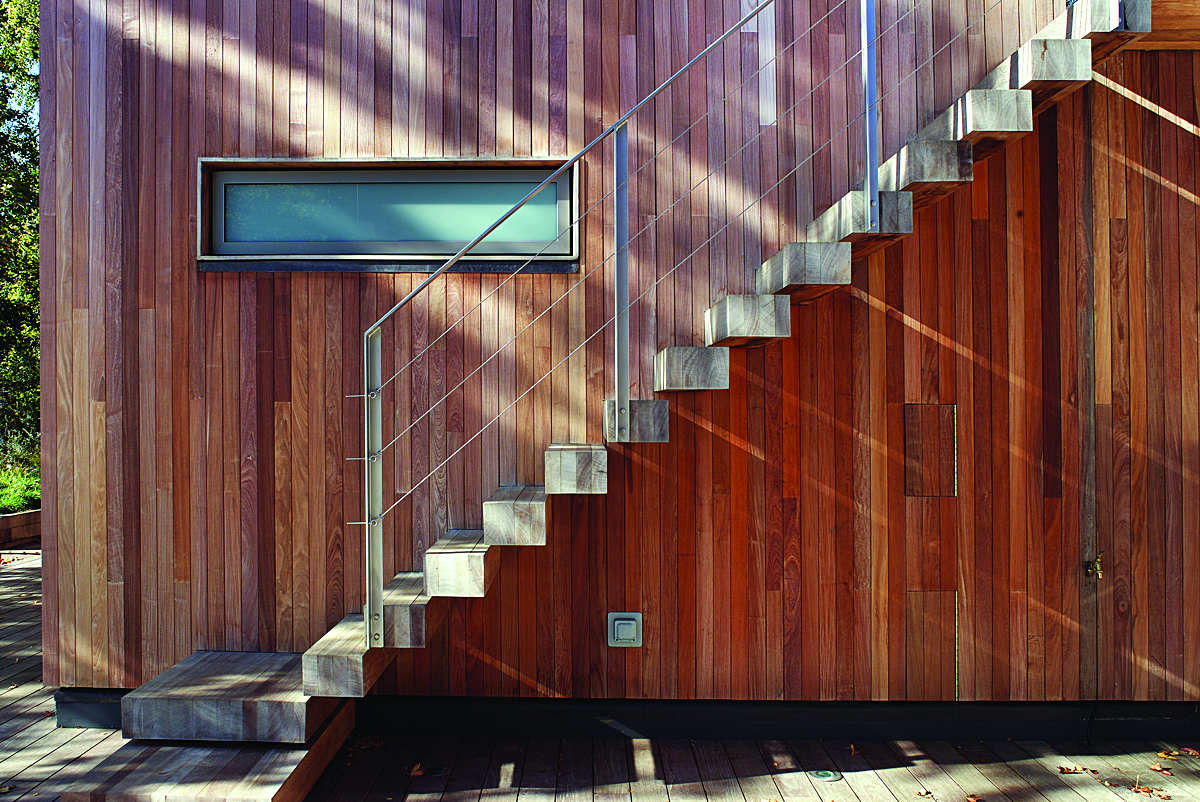
 Login/register to save Article for later
Login/register to save Article for later
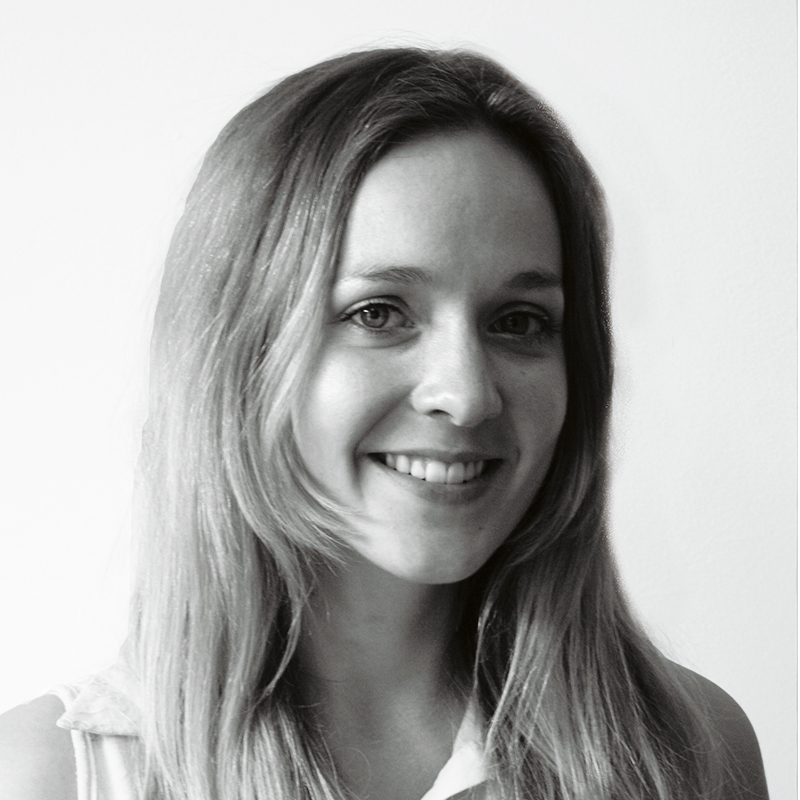



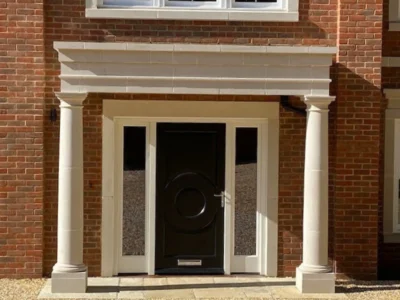
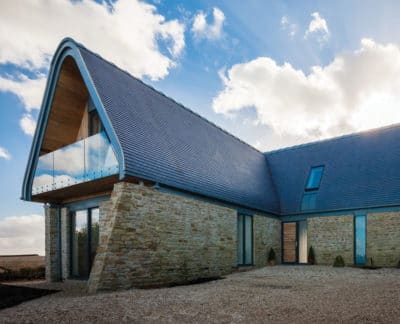
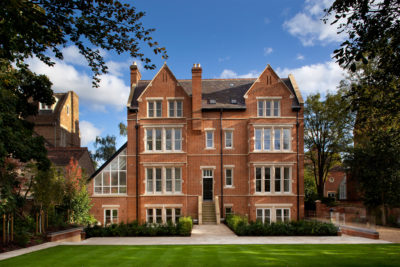
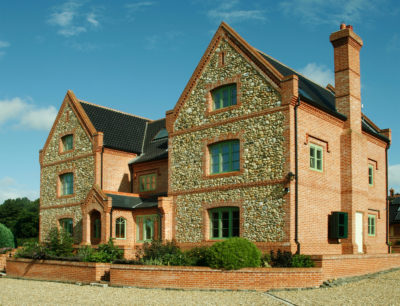





Comments are closed.